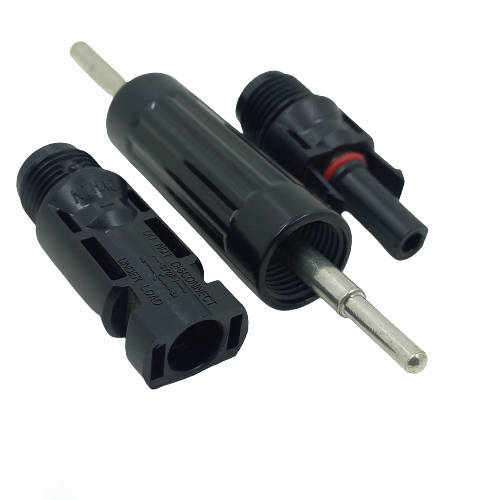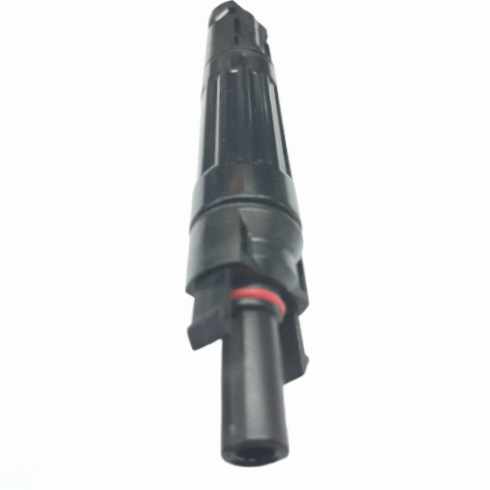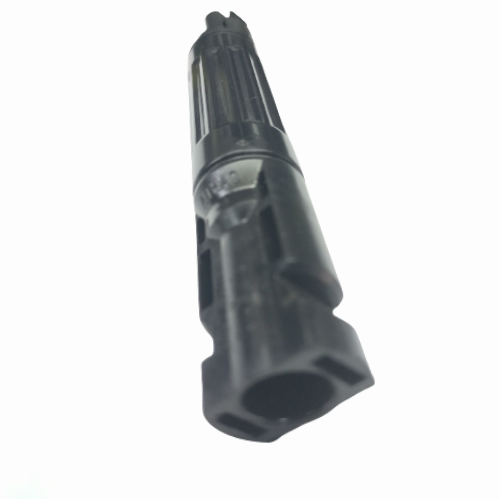





CL0364 MC4 - Solar PV Connector Inline fuse 20 Amp.
Check my rate
| Main centres: | 1-3 business days |
| Regional areas: | 3-4 business days |
| Remote areas: | 3-5 business days |






| Main centres: | 1-3 business days |
| Regional areas: | 3-4 business days |
| Remote areas: | 3-5 business days |
Fuse Holder: The fuse holder is a device designed to securely grip the fuse while facilitating electrical connections within the circuit. It typically comprises two terminals or connectors where the fuse can be easily inserted or removed, ensuring reliable contact and firmly securing the fuse in its position.
Fuse: The fuse is a compact, cylindrical component housing a metal strip or wire inside. It is rated for a specific current value, such as 20A in this instance. When the electrical current passing through the circuit surpasses this specified rating, the metal strip or wire experiences increased resistance, resulting in the generation of heat. Once the temperature reaches a critical threshold, the strip melts or the wire breaks, effectively breaking the circuit.
Installation: To set up the in-line fuse and holder, a standard procedure involves cutting the positive wire of the circuit and placing the fuse holder in the middle. One end of the positive wire connects to one terminal of the holder, while another wire connects from the second terminal to the desired circuit or device requiring protection. Subsequently, the fuse is inserted into the holder, effectively completing the circuit.
Protection: Under normal operational circumstances where the current remains below the rated value of the fuse (in this case, 20A), the fuse remains intact, enabling uninterrupted current flow. However, in the event of a fault or an overcurrent situation, such as a short circuit or an excessive load, the current surpasses the 20A threshold. At this juncture, the fuse either melts or breaks, instantly opening the circuit and safeguarding the remainder of the electrical system.